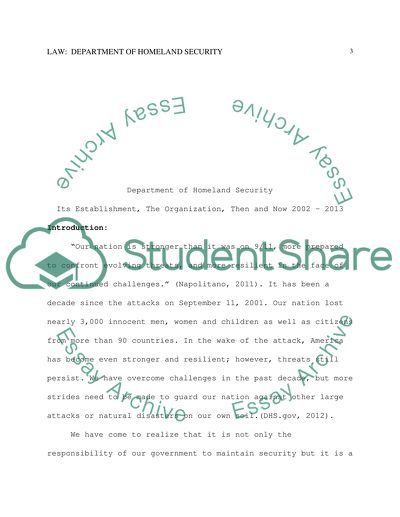Cite this document
(“Department of Homeland Security Essay Example | Topics and Well Written Essays - 2500 words”, n.d.)
Retrieved from https://studentshare.org/law/1396794-see-instructions-below
Retrieved from https://studentshare.org/law/1396794-see-instructions-below
(Department of Homeland Security Essay Example | Topics and Well Written Essays - 2500 Words)
https://studentshare.org/law/1396794-see-instructions-below.
https://studentshare.org/law/1396794-see-instructions-below.
“Department of Homeland Security Essay Example | Topics and Well Written Essays - 2500 Words”, n.d. https://studentshare.org/law/1396794-see-instructions-below.


